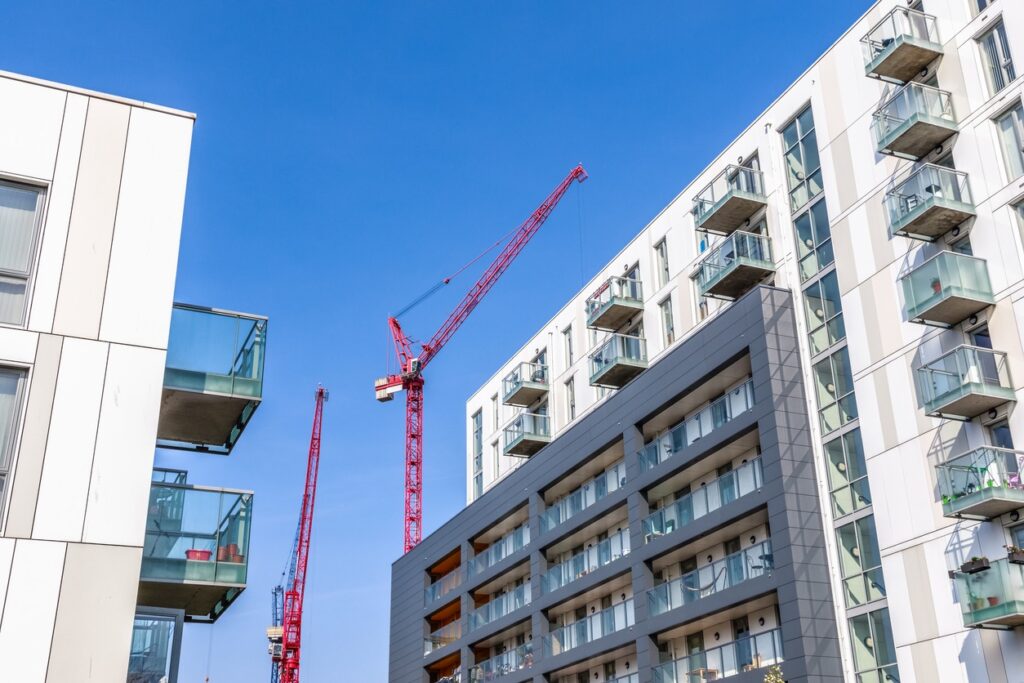
The case of 381 Southwark Park Road RTM Company Ltd & Ors v Click St Andrews Ltd & Anr [2024] EWHC 3179 (TCC) is a decision that provides critical insights into the application of Section 2A of the Defective Premises Act 1972 (DPA) and the enforcement of Building Liability Orders (BLOs) under Section 130 of the Building Safety Act 2022 (BSA).
Factual Background
The dispute centred on St Andrews House, a block of flats in London. The claimants, comprising a residents’ right to manage (RTM) company and leaseholders, entered into a Freehold Purchase Agreement (FPA) in 2020 with Click St Andrews Ltd (CSA), a Special Purpose Vehicle (SPV) wholly owned by Click Group Holdings. The FPA stipulated that CSA would develop the property by removing the existing pitched roof and installing an additional storey consisting of three prefabricated modular units. During these works, significant water ingress occurred, causing damage to the existing flats. Subsequent investigations revealed structural and fire safety defects in the new units. At the time of the hearing, CSA was in liquidation.
Claims Under Section 2A of the Defective Premises Act 1972
Section 2A of the DPA, introduced by the BSA and effective from 28 June 2022, imposes a duty on those undertaking work on existing dwellings to ensure that the work is performed in a workmanlike or professional manner, using proper materials, and that the dwelling is fit for habitation upon completion. The claimants alleged that CSA breached this duty concerning both the original construction and subsequent remedial works.
However, the court determined that Section 2A could not be applied retrospectively to the original works completed before its enactment. Regarding the remedial works conducted after 28 June 2022, the court found that the claimants failed to demonstrate that these works rendered the dwellings unfit for habitation, a necessary criterion for establishing liability under Section 2A. Consequently, the claims under this section were dismissed.
Building Liability Orders Under Section 130 of the Building Safety Act 2022
The claimants sought a BLO to extend CSA’s liabilities to its parent company, Click Group Holdings, under Section 130 of the BSA. This provision allows the High Court to impose liabilities on associated companies when it is “just and equitable” to do so, particularly to address the use of SPVs to shield parent companies from long-term liabilities related to building safety.
The court identified that CSA had committed breaches related to fire and structural safety, constituting a “building safety risk” as defined under Section 130(3)(b) of the BSA. This finding established a “relevant liability,” satisfying one of the prerequisites for issuing a BLO. At a subsequent hearing, the court considered whether imposing such an order would be just and equitable. In finding that it was just and equitable to make a BLO against the parent company, the judge observed that Click Group Holdings fell squarely within the definition of “associated company”. The corporate structure of the two companies and the fact they were under the same control meant that Click Group Holdings was in a position to ensure CSA conducted itself as per its own wishes. The object of the association provisions in the BSA was to ensure that the original developer and its group companies do not use those corporate structures to avoid liability for building safety defects.
Procedural Observations
The judgment offers valuable guidance on the procedural aspects of applying for BLOs:
- Timing of Applications: The court clarified that the BSA does not mandate that a BLO application be made within existing proceedings. It is permissible to seek a BLO after establishing the relevant liability, even against an associated company that may not have existed during the initial proceedings.
- Identification of Associated Entities: While it is preferable to identify potential associated entities against whom a BLO might be made in the pleadings or join them as a [arty to the proceedings, it is not necessary to do so before a BLO can be made against the associated entity. The court acknowledged that circumstances might evolve, allowing for BLO applications against different associated entities as matters progressed.
Conclusion
This case underscores the legal system’s commitment to enforcing building safety standards and holding corporate structures accountable, particularly when SPVs are employed to limit liability. It also highlights the necessity for claimants to align their legal strategies with the specific requirements of statutory provisions, ensuring that claims under Section 2A of the DPA are appropriately timed and substantiated. The court’s clarification of the procedural flexibility in pursuing BLOs provides a clearer pathway for future claimants seeking redress for building safety defects.
This update is for general purpose and guidance only and does not constitute legal advice. Specific legal advice should be taken before acting on any of the topics covered. No part of this update may be used, reproduced, stored or transmitted in any form, or by any means without the prior permission of Brecher LLP.



